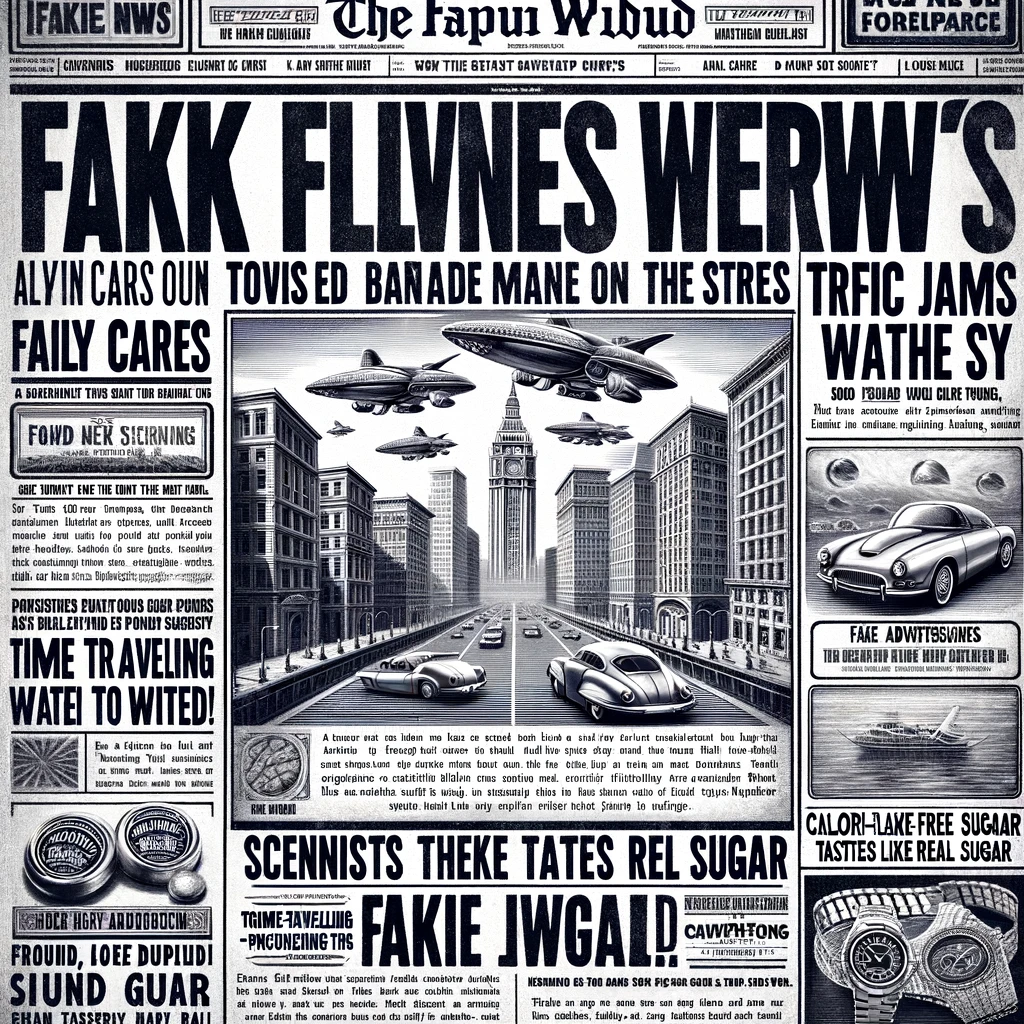A “filter bubble” is a concept in the realm of digital publishing, media, and web technology, particularly significant in understanding the dynamics of disinformation and political polarization. At its core, a filter bubble is a state of intellectual isolation that can occur when algorithms selectively guess what information a user would like to see based on past behavior and preferences. This concept is crucial in the digital age, where much of our information comes from the internet and online sources.
Origins and mechanics
The term was popularized by internet activist Eli Pariser around 2011. It describes how personalization algorithms in search engines and social media platforms can isolate users in cultural or ideological bubbles. These algorithms, driven by AI and machine learning, curate content – be it news, search results, or social media posts – based on individual user preferences, search histories, and previous interactions.

The intended purpose is to enhance user experience by providing relevant and tailored content. However, this leads to a situation where users are less likely to encounter information that challenges or broadens their worldview.
Filter bubbles in the context of disinformation
In the sphere of media and information, filter bubbles can exacerbate the spread of disinformation and propaganda. When users are consistently exposed to a certain type of content, especially if it’s sensational or aligns with their pre-existing beliefs, they become more susceptible to misinformation. This effect is compounded on platforms where sensational content is more likely to be shared and become viral, often irrespective of its accuracy.
Disinformation campaigns, aware of these dynamics, often exploit filter bubbles to spread misleading narratives. By tailoring content to specific groups, they can effectively reinforce existing beliefs or sow discord, making it a significant challenge in the fight against fake news and propaganda.
Impact on political beliefs and US politics
The role of filter bubbles in shaping political beliefs is profound, particularly in the polarized landscape of recent US politics. These bubbles create echo chambers where one-sided political views are amplified without exposure to opposing viewpoints. This can intensify partisanship, as individuals within these bubbles are more likely to develop extreme views and less likely to understand or empathize with the other side.
Recent years in the US have seen a stark divide in political beliefs, influenced heavily by the media sources individuals consume. For instance, the right and left wings of the political spectrum often inhabit separate media ecosystems, with their own preferred news sources and social media platforms. This separation contributes to a lack of shared reality, where even basic facts can be subject to dispute, complicating political discourse and decision-making.
Filter bubbles in elections and political campaigns
Political campaigns have increasingly utilized data analytics and targeted advertising to reach potential voters within these filter bubbles. While this can be an effective campaign strategy, it also means that voters receive highly personalized messages that can reinforce their existing beliefs and psychological biases, rather than presenting a diverse range of perspectives.
Breaking out of filter bubbles
Addressing the challenges posed by filter bubbles involves both individual and systemic actions. On the individual level, it requires awareness and a conscious effort to seek out diverse sources of information. On a systemic level, it calls for responsibility from tech companies to modify their algorithms to expose users to a broader range of content and viewpoints.
Filter bubbles play a significant role in the dissemination and reception of information in today’s digital age. Their impact on political beliefs and the democratic process — indeed, on democracy itself — in the United States cannot be overstated. Understanding and mitigating the effects of filter bubbles is crucial in fostering a well-informed public, capable of critical thinking and engaging in healthy democratic discourse.






































